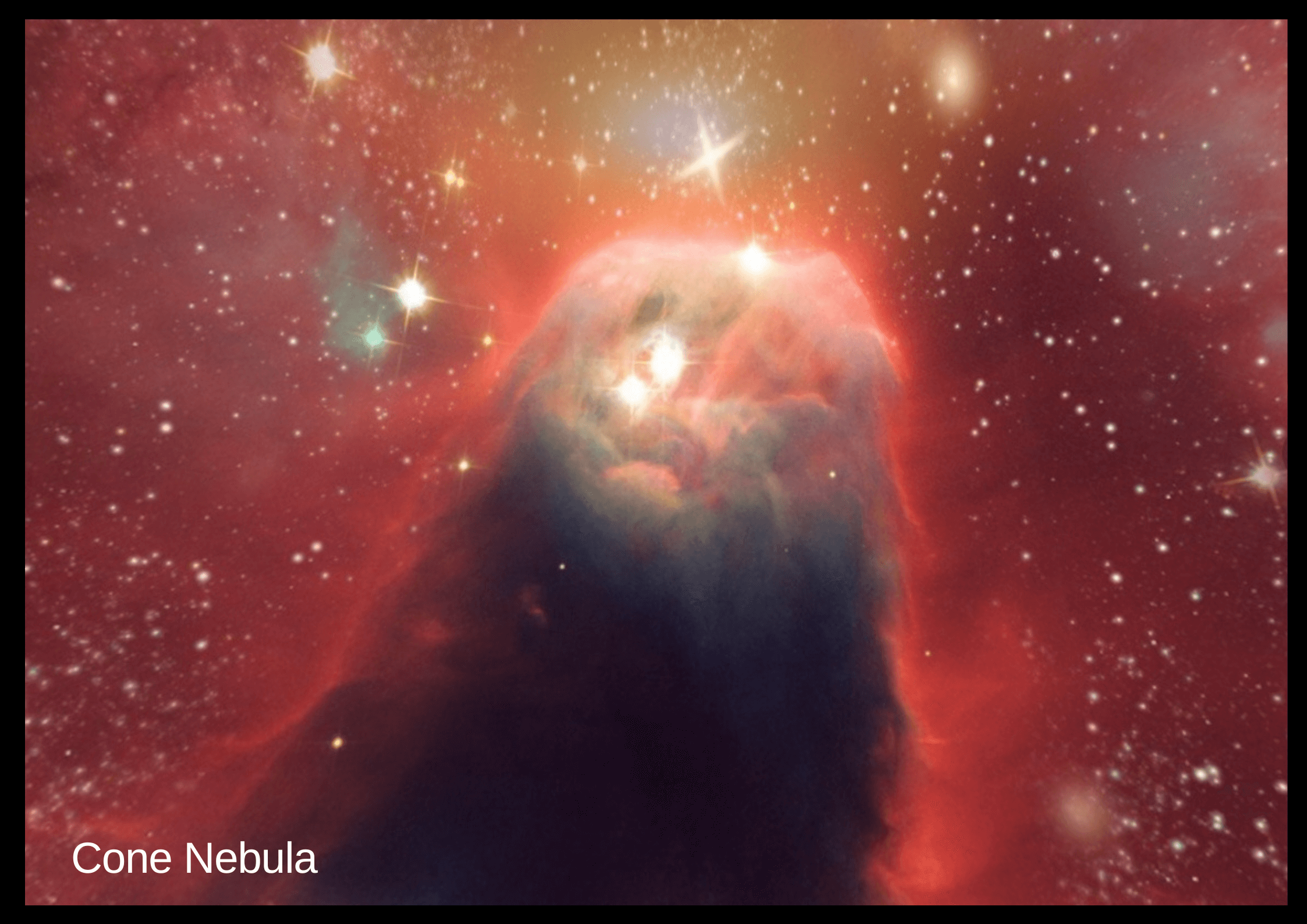
Stephan’s Quintet is situated in the constellation Pegasus, 290 million light-years distant. Being the first compact galaxy group ever found, it is noteworthy. Within the quintet, four of the five galaxies are engaged in a cosmic dance of recurrent near encounters. At first sight, this Webb image doesn’t appear to be much that different from the Hubble version, but scientists may analyze various details thanks to the new telescope’s infrared sensitivity. And this was the main expectation: that Webb would collaborate with Hubble. They each have various advantages, therefore being able to contrast and compare them will help researchers expand the scope of their research.
How much longer Hubble will be in operation is unknown. It has 32 years on it and is prone to malfunctions. However, the Nasa personnel in charge of the venerable spacecraft have now delivered a five-year budget proposal. Crossing your fingers
The new observatory has been calibrated to see the sky in infrared, which is light with longer wavelengths than what human eyes can perceive.
It will be able to see farther into the Universe than its predecessor thanks to this, and as a result, discover events that happened more than 13.5 billion years ago.
In an effort to look for indications of life, astronomers will also employ its more sophisticated capabilities to examine the atmospheres of planets in our Milky Way Galaxy.
According to Prof. Gillian Wright, a British researcher who co-led one of Webb’s four infrared sensors, the initial set of photographs is simply a preview of what is to come.
According to the head of the UK Astronomy Technology Centre, “Whenever you look at the sky in a new manner, you find things that you didn’t expect,”
The fact that these new data are so excellent, of such high quality, and that they were gathered in only a few hours of observations “tells you that the discoveries are simply hanging out there waiting to be discovered,” the researcher said.Source

Cone Nebula
This horrific thing is a pillar of gas and dust, looking like a nightmare beast rising from a sea of blood. This enormous pillar, known as the Cone Nebula because of the conical shape it seems to have in ground-based photographs, is located in an active zone of star formation. This photograph, which was taken by the Hubble Space Telescope in April 002, depicts the nebula’s upper 2.5 light-years, or 23 million moon orbits, in height. It takes 7 light years to complete the nebula. 2,500 light-years distant, in the constellation Monoceros, is the Cone Nebula.

Over millions of years, the nebula has been steadily destroyed by radiation from hot, newborn stars. The black cloud’s edges are heated by ultraviolet radiation, which causes gas to be released into the largely empty area of surrounding space. The hydrogen gas glows there as a result of extra UV radiation, creating the red halo of light visible surrounding the pillar. On a much smaller scale, a similar process to the gas encircling a single star takes place, generating the bow-shaped arc shown close to the top left side of the Cone.The diameter of our solar system is 65 times smaller than this arc. Dust reflects the blue-white light that emanates from the nearby stars. The tumultuous base is punctured by stars that have been reddened by dust, while background stars may be seen peeping through the evaporating tendrils of gas. Only the Cone’s densest areas will remain over time. Stars and planets might develop inside of these areas.
Read More :
What is the best supplement for loss of libido and erectile dysfunction available now?
VigRXPlus is the best supplement for loss of libido and erectile dysfunction available now and he a groundbreaking supplement renowned for its unparalleled efficacy .With…
What is the best natural treatment for erectile dysfunction in men?
Explore the reasons of impotence and learn about natural therapies for erectile dysfunction as we delve into the complex world of men’s health. We not…
What are the best wall clocks for home decor available now?
Give your interior design a classic makeover! We explore the world of the best wall clocks for home decor in this post and present a…
What are the best web hosting services available right now?
In the ever-evolving landscape of the digital world, selecting the best web hosting service is paramount for a successful online presence. This article aims to…












